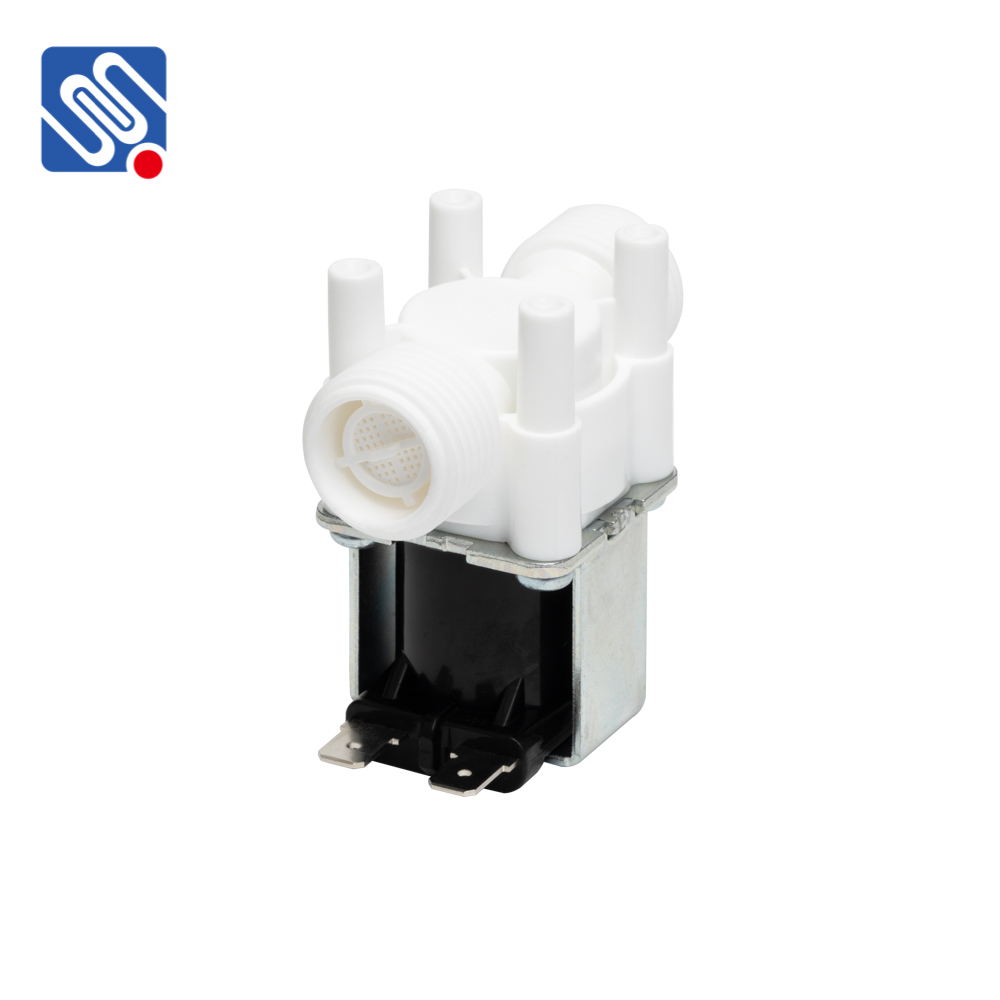In the realm of building water supply systems, efficient and automated water flow control is critical for ensuring water conservation, safety, and operational efficiency. One of the key devices that has revolutionized water management in both residential and commercial buildings is the Building Water Supply Solenoid Valve. This component is indispensable in a variety of applications, from smart home systems to irrigation and industrial processes. This article will delve into the importance, functionality, and applications of the Building Water Supply Solenoid Valve, highlighting its role in modern water systems.

What is a Building Water Supply Solenoid Valve? A Building Water Supply Solenoid Valve is an electromechanical device designed to control the flow of water in a plumbing system. It operates using an electromagnet that, when energized, opens or closes a valve, allowing or blocking water flow. The solenoid valve works by leveraging the magnetic field generated by an electric current to shift a plunger or diaphragm, thus altering the flow of water. This enables precise control of water supply in a building, facilitating automation and efficient water usage. The design and construction of solenoid valves vary depending on their application, but they typically consist of a coil, a valve body, a plunger or diaphragm, and the necessary electrical components. When an electric current is passed through the solenoid coil, it creates a magnetic field that actuates the plunger, either opening or closing the valve. When the current is switched off, the valve returns to its default position, regulating water flow as needed.